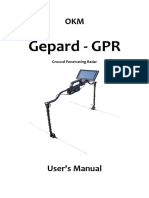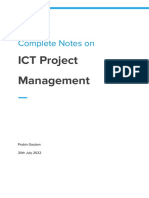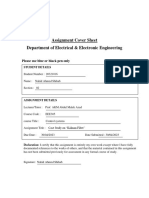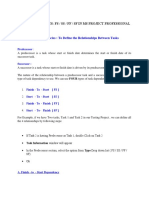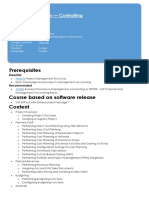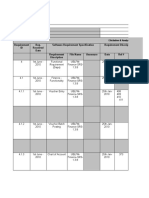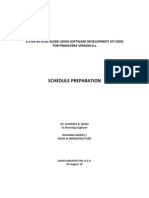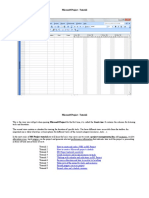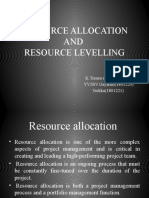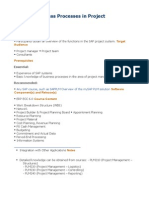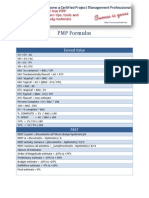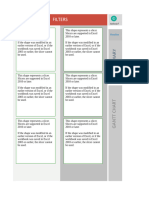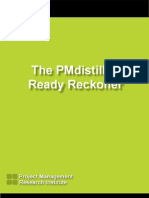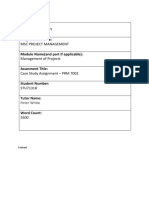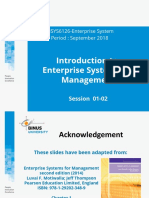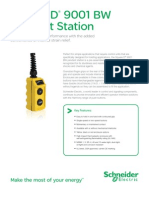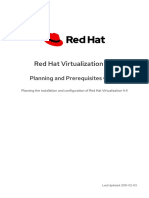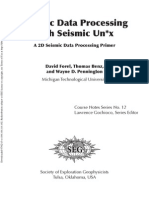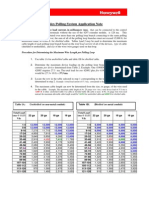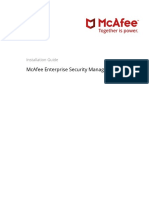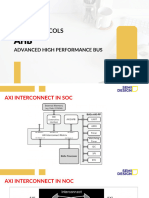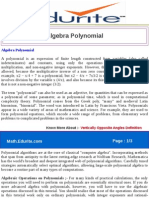0% found this document useful (0 votes)
3K views32 pagesInfs3040 Notes
1) The document discusses the key business functions of marketing/sales, supply chain management, accounting/finance, and human resources. It also discusses how enterprise resource planning (ERP) systems integrate these functions on a single database, providing information sharing capabilities.
2) An ERP system is defined as a packaged business software system that allows a company to automate and integrate most of its business processes using a common database. The benefits are integrated information and standardized best practices across the organization.
3) The document provides an example case study of a company that installed a new ERP system to replace a non-integrated functional system. This was necessary to have a central database for information access and remain competitive in the
Uploaded by
drftg-Copyright
© © All Rights Reserved
We take content rights seriously. If you suspect this is your content, claim it here.
Available Formats
Download as DOC, PDF, TXT or read online on Scribd
0% found this document useful (0 votes)
3K views32 pagesInfs3040 Notes
1) The document discusses the key business functions of marketing/sales, supply chain management, accounting/finance, and human resources. It also discusses how enterprise resource planning (ERP) systems integrate these functions on a single database, providing information sharing capabilities.
2) An ERP system is defined as a packaged business software system that allows a company to automate and integrate most of its business processes using a common database. The benefits are integrated information and standardized best practices across the organization.
3) The document provides an example case study of a company that installed a new ERP system to replace a non-integrated functional system. This was necessary to have a central database for information access and remain competitive in the
Uploaded by
drftg-Copyright
© © All Rights Reserved
We take content rights seriously. If you suspect this is your content, claim it here.
Available Formats
Download as DOC, PDF, TXT or read online on Scribd
/ 32
